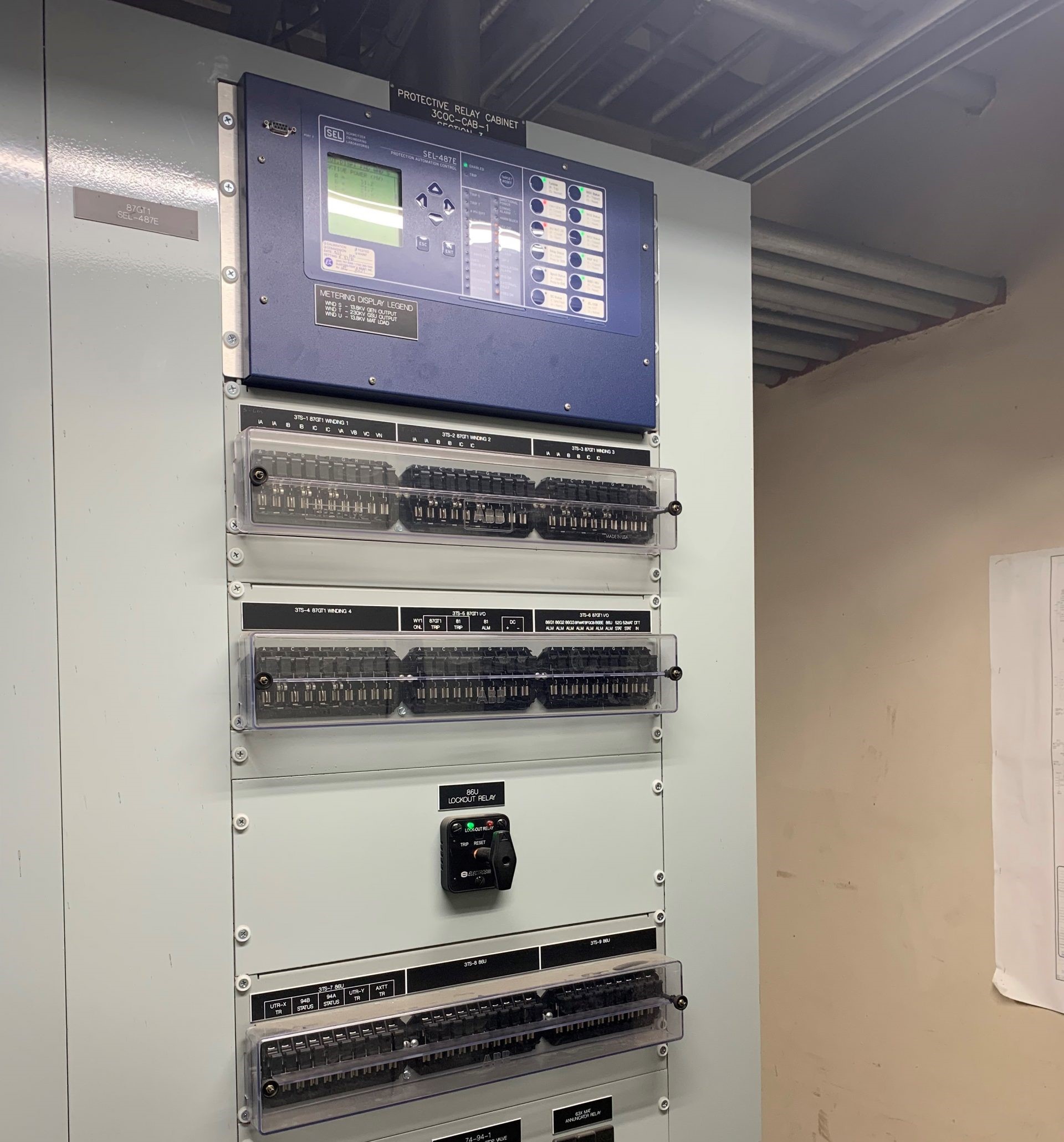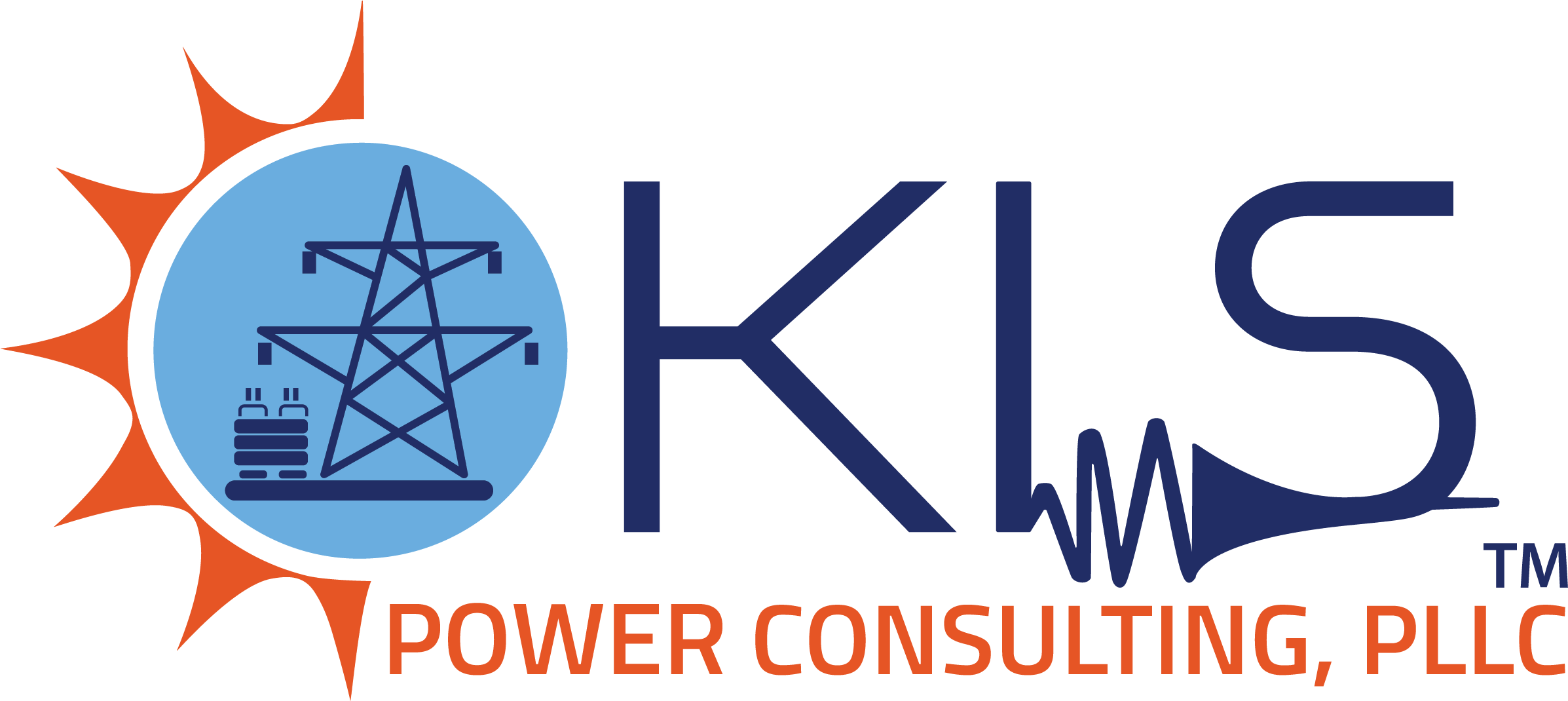Protection System Design and Relay Upgrade
The infrastructure of the power system in United States is old and many plants consider upgrading their protection relays assets. In addition, protection system and relay settings development and reviews are essential procedures in ensuring the reliability and safety of electrical power systems. These processes involve configuring and fine-tuning protective relay devices to respond accurately to different fault scenarios while avoiding unnecessary tripping of equipment. Detailed coordination studies and software tools are employed to optimize relay settings to ensure the proper operation of protective devices. These studies are often needed with the installation of new equipment such relays, transformers, feeders, etc. KLS offers the following services for coordination studies and relay setting development:
1. Coordination studies using ETAP, SKM, and ASPEN: These tools facilitate the examination of protection devices’ operating characteristics to ensure that relays throughout the power system are appropriately coordinated. Coordinated relays help isolate and clear faults without causing unnecessary tripping of adjacent equipment, thus enhancing grid reliability.
2. Relay setting data base file development for different Relays: Developing Relay Database (RDB) files specifically for relays is a crucial step in configuring and maintaining these protective devices. RDB files contain detailed information about the settings and logic of SEL relays, ensuring their accurate operation in response to system disturbances and faults.
3. Development of relay settings for feeder, transformer, line, and bus relays: The development of relay settings involves configuring protection devices for various plant and system components such as, feeders, transformers, transmission lines , and buses. These various components require relays settings to be tailored to respond appropriately to different fault scenarios, ensuring the appropriate isolation of faults while minimizing disruptions to the equipment and rest of the power system.


